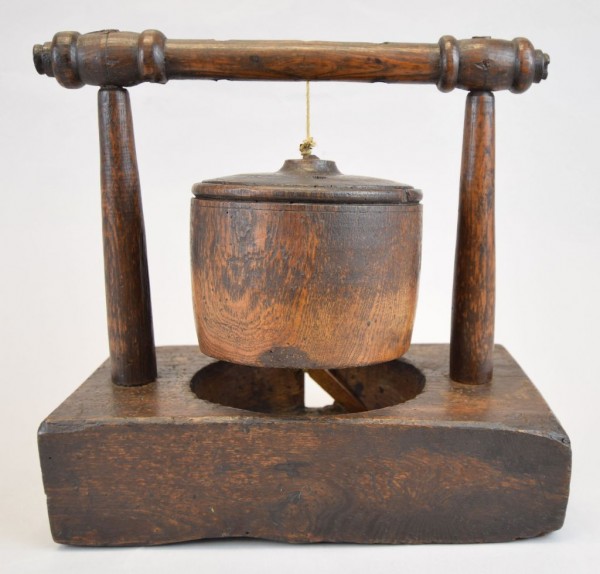Gallery
Explore some highlights of our collections in pictures.
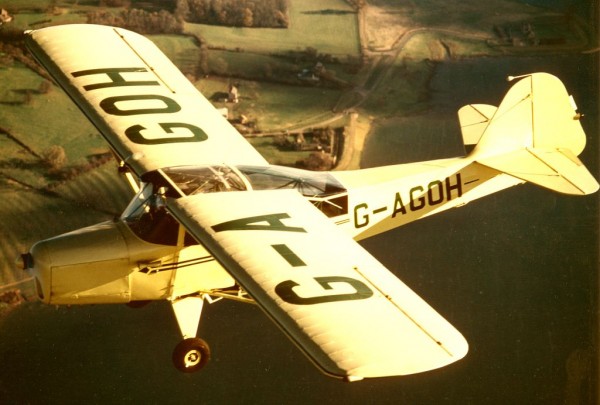
Transport: Auster aircraft were made by a small company in Leicestershire which became one of Britain's most important makers of light aeroplanes between 1939 and 1969.
In 1938, Leicestershire County Flying Club bought a new Taylorcraft Model A aircraft from America. One of its members, A. L. Wykes, a pilot from World War One and a local businessman, was so impressed with this aircraft, he decided to build them himself.
In November 1938 Taylorcraft Aeroplanes (England) Ltd was formed in Thurmaston. The first aircraft produced, the model Plus C, sold for approximately £500. The company continued to produce aircraft until the outbreak of WWII in September 1939.
Taylorcraft started repairing Tiger Moth, Typhoon and Hurricane military aircraft. They also produced the Taylorcraft Model Plus D aircraft for Army trials to find a light aircraft that could be used by artillery officers to locate enemy forces. To distinguish the military aircraft from the civilian they were renamed 'Auster' - the Latin word for a warm, dry southwesterly wind.
The first military aircraft produced was the Auster Mk 1, 100 of which were ordered in 1942 for use as the new Air Observation Posts (AOP). Under the direction of the RAF, the AOPs were flown by trained Army artillery pilots. The Austers became known as the "eyes of the army" and were used worldwide throughout the war years.
With increased demand and a shortage of a male workforce, women were employed to take on their workloads. By the end of the war in 1945, over 1600 Austers had been built.
After the war, 'Auster Aircraft Ltd' continued to develop military Austers and a new line of economical and low powered civilian Austers were produced from the successful wartime Mk 5 model. The aircraft were modified for a variety of purposes and were used at home and around the world.

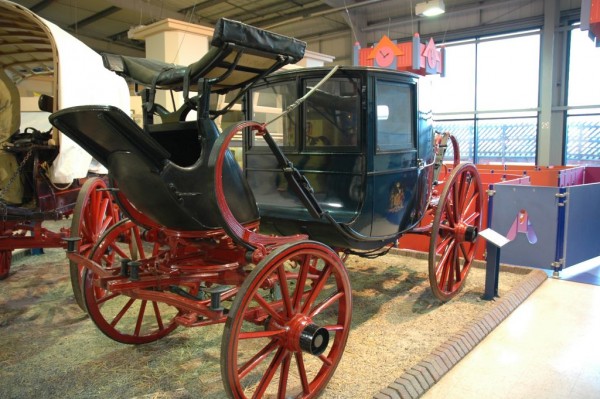
Transport: The Hastings family town coach or “dress chariot”. Built circa 1820–1840 at Ashby-de-la-Zouch.
The body has seats for two, facing forward through a front window with a coachman's seat in front. Hastings coat of arms and motto 'I Byde my Time' on the doors.
The chariot was given to us by the Countess of Loudoun in 1954. It was then kept in the cart shed at Castle Bungalow in Ashby de la Zouch. The coach has the arms of Charles Henry the 11th Earl of Loudoun and his wife Alice Elizabeth Fitzallen Howard.
The chariot was restored by Leicester Carriage Builders Limited in 1961. When the chariot was acquired it was painted black and white but the original colour scheme was discovered to have been a blue body with a yellow frame edged in red. It was possibly repainted in sombre colours to enable it to be used in a funeral procession.

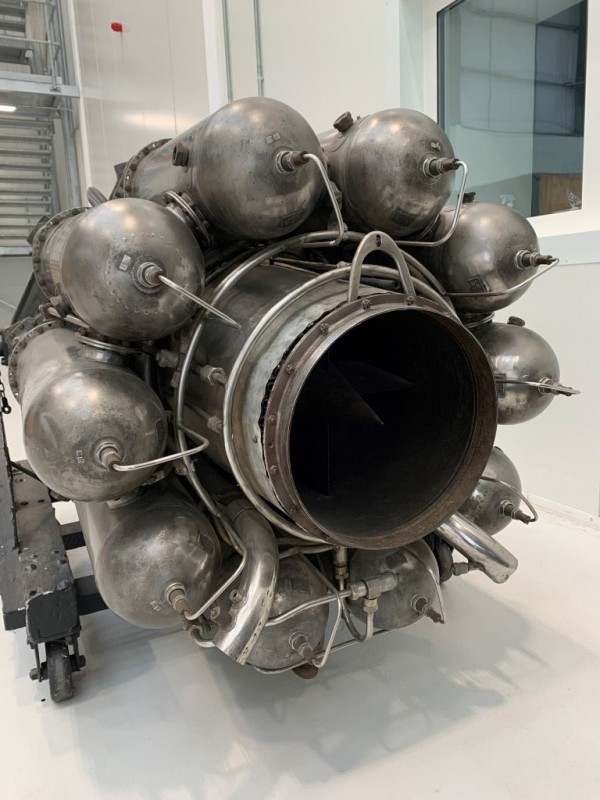
Transport: Whittle Power Jets W2/700
The Whittle W1 jet turbine engine was developed in a derelict foundry in Lutterworth during 1938 and Power Jets were awarded a contract by the Air Ministry in 1939 to develop it as a flight engine. Whittle's work on the jet engine revolutionised world passenger travel and cargo transportation. This example is from a batch ordered in 1944 and is currently on loan to Rolls Royce.

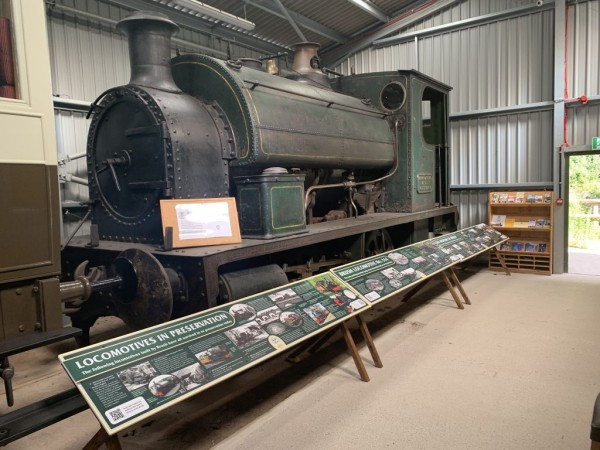
Transport: Brush Standard-gauge 0-4-0 Saddle Tank Steam Locomotive
Built by Brush at the Falcon Works, Loughborough in 1906 for Powlesland & Mason, a firm of contractors who managed the railway operations for the Swansea Harbour Trust. It was taken over by the Great Western Railway in 1924, renumbered as GWR No 921, and subsequently repaired at Swindon works, where it acquired the distinctive GWR safety-valve cover and copper-capped chimney.
In 1928 it was sold to Sugar Beet and Crop Driers of Eynsham, Oxfordshire, but they did not keep it long and in 1931 it was sold again to Berry Wiggins & Co of Kingsnorth Oil Refinery, Kent. For reasons of fire safety and economy it was modified to burn oil instead of coal.
It was withdrawn from service in 1964 and presented to the Leicester Museum of Technology in 1968 as a rare surviving example of a type of engine built by the Falcon Works from the 1860s to the early 1900s. It is the sole surviving Brush standard gauge locomotive in UK.
The Brush locomotive is currently on display as a loan to the Mountsorrel and Rothley Heritage Centre.

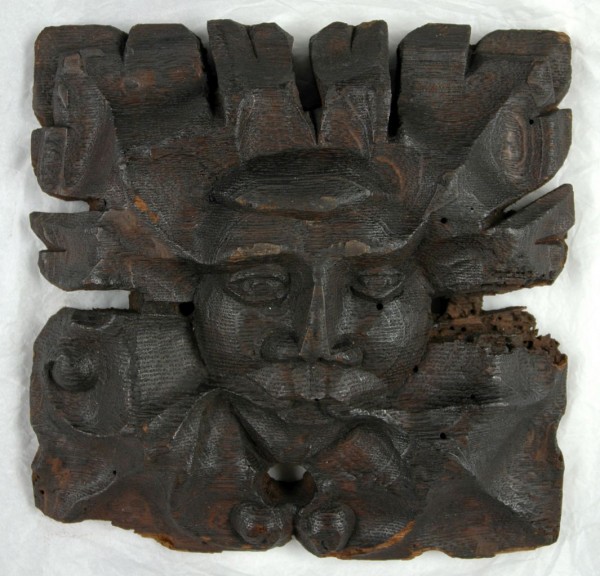
Rural Life: During the Middle Ages - also known as the Medieval period - around 800 years ago (AD 1066 - 1539), religious centres such as monasteries, abbeys, friaries and priories were important parts of society. As well as being places where people devoted their lives to the worship of God, they were also centres of learning and culture. Many of them became important economic centres and their leaders were often involved in the political life of the country. Different religious Orders set up their own centres. For example, the Augustinians had a priory at Ulverscroft, a nunnery at Grace Dieu, and an abbey in Leicester. The Cistercians had an important abbey at Garendon near Loughborough.
Owston Abbey was an Augustinian monastery, founded in the late 12th century. This wooden 'Green Man' carving came from the screen in the Abbey church. It was cut out during renovations in the 19th century. The Green Man has a long and interesting history as it appears in both non-Christian and Christian traditions. The Green Man has been associated with seasonal rebirth and renewal and as such transferred easily into Christian imagery.


Rural Life: Robert Bakewell Mounted on a Bay Cob by John Boultbee
This portrait is of a Leicestershire farmer who improved and changed every aspect of eighteenth century farming. Robert Bakewell (1725-1795 ) was born and lived at Dishley Grange Farm near Loughborough where his father and grandfather had farmed before him. Here he carried out experiments on the watering and manuring of pasture land to gain the greatest amount of meat per acre. There was great demand to feed the rising numbers of local industrial workers in Loughborough and Leicester. He also carried out selective breeding of his livestock and is one of the main pioneers of scientific stockbreeding.

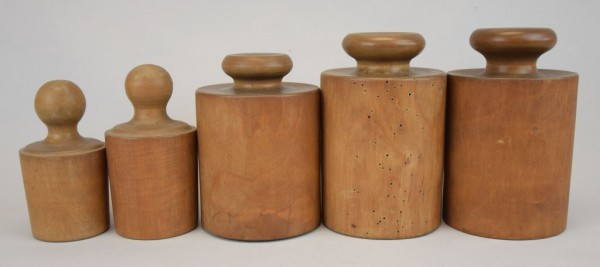
Rural Life: Pork Pie Moulds
One of Leicestershire's most celebrated exports is the pork pie, and Melton Mowbray pies have a protected status. The pastry is raised by hand around moulds like these before being filled with uncured pork and baked. Because they are baked without a hoop or tin, the pies have a distinctive rounded shape. When Melton became a centre for foxhunting in the 19th century, the pies' popularity spread beyond the area.

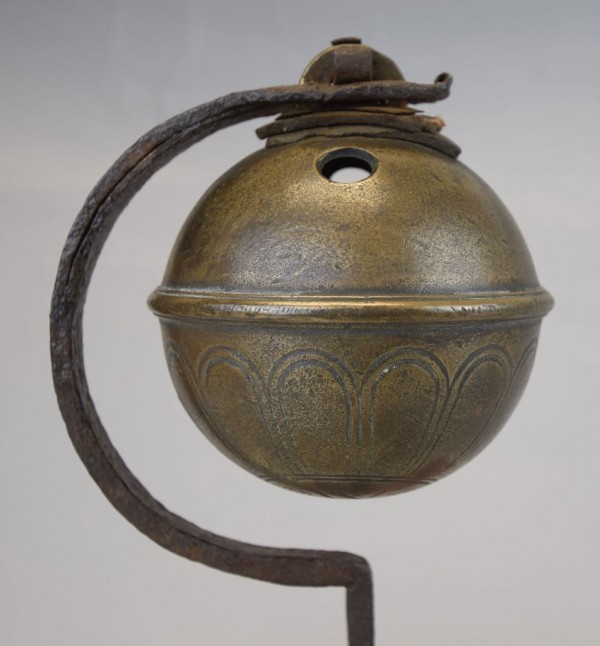
Rural Life: Packhorse Bell
Packhorse routes from major towns and cities to smaller communities who depended on them for the movement of goods. Between twenty and forty horses would make up a team or train. Each animal carried basketry panniers and could carry a load of up to 100kg. The leading pony had a bell like this which helped keep the whole train together and warned people of their approach. The iron spike would attach to the halter.


